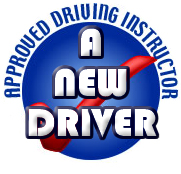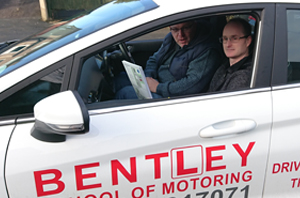What to anticipate on your very first driving lesson
You are most likely to feel anxious on your first driving lesson. This is rather natural and remains in truth a good idea. Those student drivers who are overconfident, or feel they understand everything could be in for a nasty shock when they attempt to drive to the standards expected by the DVLA. Most importantly, a couple of nerves will increase your alertness, and make you more focussed.
To help keep your nerves in check, let’s take a look at a few things you might anticipate on your very first driving lesson:
The vehicle and instructor
All professional driving schools have dual control vehicles. This means, particularly throughout the early stages of knowing, you can be guaranteed that if something fails, the instructor can keep you safe despite the fact that you lag the wheel.
They will get to know you so they can comprehend what you are capable of accomplishing in each lesson. Your trainer will take you to the next level once they recognise that you are confident to continue.
Things
The first thing the instructor will do is inspect that you are legal to drive, so he will require to see your provisionary license. If you do not yet have a provisionary licence you can get one online here. Your very first lessons need to happen on quiet, even isolated roads, so it is not likely your very first lesson will start from outside your door. The trainer will drive to an acceptable place where you can discover the principles of the cars and truck controls securely.
Pass your test with us
Driving Instructors DublinDriving Test Ireland
Invite to the driver’s seat
The instructor will introduce you to the main instruments on the control panel and the equipment at hand which you will be utilizing often as soon as you are in the driver’s seat. This is called the “cockpit drill” and includes description of the rear view mirror, the equipments, the three pedals (accelerator, clutch and brake), the blind spot and obviously the handbrake. This will take about thirty minutes of your first lesson. Of course, if you a fast learner, or currently have a good comprehension of an automobile on your first lesson, you could be doing three point turns, emergency situation stops and parallel parking prior to completion of the session.
Moving off and stopping
Yes, it is most likely you will be driving on your very first lesson. For how long you have for this will be dependent on how rapidly you understand and feel comfortable with the controls. The trainer will move forward at the rate your progress needs. You will learn the checks you need to make prior to starting a journey and how to switch on and move into the flow of traffic safely along with stopping the car. This entire procedure will include procedures which you may deal with at first (pulling away; using the equipments correctly; and pulling in close to the kerb) but as the lessons advance you will discover whatever eventually falls into place.
Your lessons must be a satisfying experience if paced well. A trainer will teach you most effectively when they comprehend your requirements, so tell them how you are feeling, if things are going too quick, or if there is something you don’t understand.
You are most likely to feel nervous on your very first driving lesson. They will get to understand you so they can understand what you are capable of achieving in each lesson. Your very first lessons require to take location on quiet, even separated roadways, so it is unlikely your very first lesson will start from outside your door. Of course, if you a quick student, or currently have a great understanding of an automobile on your very first lesson, you could be doing three point turns, emergency stops and parallel parking before the end of the session.
Yes, it is most likely you will be driving on your very first lesson.
Related Articles
[page-generator-pro-related-links group_id=”1597″ post_status=”publish” output_type=”list_links” limit=”6″ columns=”2″ link_featured_image=”0″ orderby=”rand” order=”asc”]
Learn More


